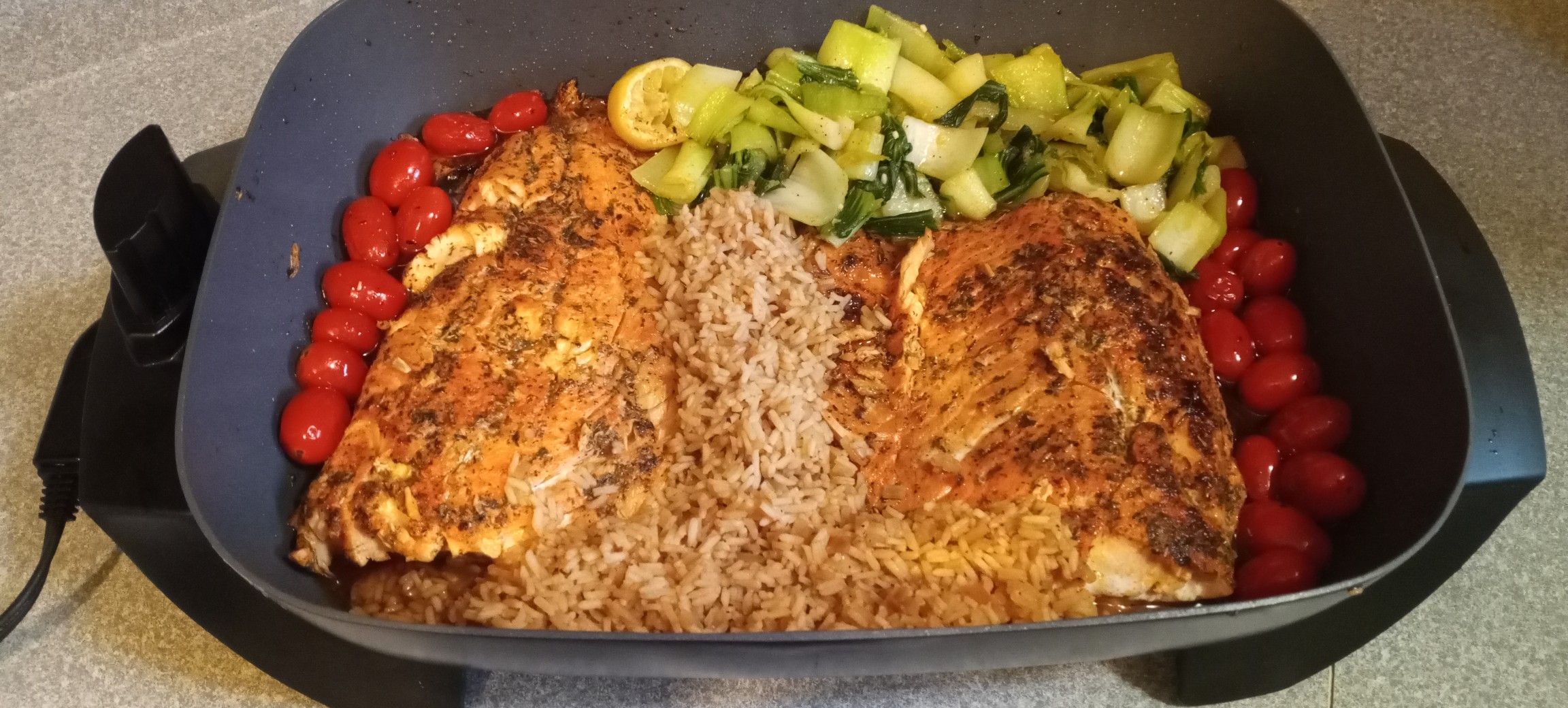

Articles
How Do I Make Salmon In An Electric Skillet
Modified: August 16, 2024
Looking for articles on how to make salmon in an electric skillet? Find step-by-step guides and delicious recipes for cooking salmon in your electric skillet.
(Many of the links in this article redirect to a specific reviewed product. Your purchase of these products through affiliate links helps to generate commission for Storables.com, at no extra cost. Learn more)
Introduction
Welcome to our guide on how to make delicious salmon in an electric skillet! Whether you’re a seasoned chef or a cooking novice, using an electric skillet to prepare salmon can be a convenient and efficient method. Salmon is not only incredibly nutritious but also incredibly versatile, making it a popular choice for a wide range of dishes.
In this article, we will provide you with step-by-step instructions and helpful tips to ensure that your salmon turns out perfectly every time. We will discuss how to choose the right electric skillet, prepare the salmon, select seasonings, and cook it to perfection. So, let’s dive in and learn how to make mouthwatering salmon in an electric skillet!
Key Takeaways:
- Perfecting salmon in an electric skillet is a breeze with the right equipment, proper preparation, and flavorful seasonings. Follow our guide for consistently mouthwatering results that will impress your guests.
- Elevate your salmon dish with creative serving suggestions, from simple sides to zesty sauces. Embrace your culinary creativity and enjoy the delightful experience of making salmon in an electric skillet.
Choosing the right electric skillet
When it comes to making salmon in an electric skillet, selecting the right skillet is essential for achieving optimal results. Here are a few key factors to consider when choosing your electric skillet:
- Size: Consider the size of the skillet based on the quantity of salmon you plan to cook. If you frequently cook for a larger group, a larger skillet would be ideal, while a smaller skillet is suitable for smaller portions.
- Temperature control: Look for an electric skillet with precise temperature control settings. This will allow you to adjust the heat according to the specific needs of your recipe.
- Non-stick surface: Opt for a skillet with a non-stick surface to prevent the salmon from sticking and ensure easy cleanup.
- Even heat distribution: A skillet that provides even heat distribution is crucial for uniform cooking. This will help prevent undercooked or overcooked spots on your salmon.
- Additional features: Some electric skillets come with added features like a lid, a steam rack, or a temperature probe. Consider these features based on your cooking preferences and needs.
Once you have selected the perfect electric skillet, you are ready to move on to the next step: preparing the salmon.
Preparing the salmon
Before cooking the salmon in your electric skillet, it is essential to properly prepare the fish. Here are some steps to follow:
- Choose fresh salmon: Selecting high-quality, fresh salmon is key to achieving a flavorful dish. Look for salmon with vibrant color and a mild oceanic smell.
- Clean the salmon: Rinse the salmon fillets under cold water to remove any excess scales or debris. Pat them dry with a paper towel.
- Remove the bones: Use tweezers or fish bone pliers to carefully remove any remaining bones from the salmon fillets. This step will ensure that you enjoy a bone-free dining experience.
- Trim the skin (optional): If desired, you can trim the skin off the salmon fillets. This can be done by gently sliding a knife between the skin and the flesh, using a back-and-forth motion.
- Cut into portions: Cut the salmon into individual portions of your desired size. This will help with even cooking and make serving easier.
Once you have prepared the salmon, it’s time to add some delicious flavors. Let’s move on to the next step: selecting seasonings.
Seasoning options
When it comes to seasoning salmon, the options are endless. Here are a few seasoning ideas to enhance the flavor of your salmon:
- Classic seasoning: Keep it simple with a combination of salt, pepper, and a squeeze of lemon juice. This classic seasoning brings out the natural flavors of the salmon.
- Herb-infused marinade: Create a marinade using fresh herbs like dill, parsley, or basil. Combine them with olive oil, garlic, and lemon zest for a burst of freshness.
- Asian-inspired marinade: For an Asian twist, mix soy sauce, ginger, garlic, and a hint of honey. This combination adds a savory and slightly sweet flavor to the salmon.
- Spicy rub: If you enjoy a bit of heat, try a spicy rub with paprika, cayenne pepper, garlic powder, and a touch of brown sugar. This creates a delicious contrast of flavors.
- Fruit glaze: For a unique and tangy taste, consider glazing the salmon with a fruit-based sauce, such as a maple-citrus glaze or a pineapple-chili sauce.
Remember, the key to successful seasoning is to adjust the amount according to your personal preference. Be generous with your seasonings, as they will infuse the salmon with incredible flavors during the cooking process.
Now that your salmon is seasoned to perfection, it’s time to move on to the next step: cooking it in the electric skillet.
When cooking salmon in an electric skillet, make sure to preheat the skillet before adding the salmon. This will help ensure even cooking and prevent the fish from sticking to the pan.
Cooking the salmon in the electric skillet
Now that your salmon is prepped and seasoned, it’s time to cook it in the electric skillet. Follow these steps for perfect results:
- Preheat the skillet: Set your electric skillet to a medium-high heat setting and allow it to preheat for a few minutes. Heating the skillet before adding the salmon ensures an even cooking temperature.
- Add oil or butter: Coat the bottom of the skillet with a small amount of oil or melt a knob of butter. These fats will prevent the salmon from sticking to the skillet.
- Place the salmon fillets: Gently place the seasoned salmon fillets into the skillet, skin-side down if you opted to keep the skin on. Arrange them in a single layer to ensure they cook evenly.
- Cook for the right amount of time: The cooking time will depend on the thickness of your salmon fillets. As a general guideline, cook for about 4-6 minutes per side for medium-rare to medium doneness. Adjust the cooking time accordingly if you prefer your salmon more or less cooked.
- Flip the salmon: Once the first side is cooked, carefully flip the salmon fillets using a spatula. Be gentle to avoid breaking the fish.
- Cook the other side: Continue cooking the salmon on the other side for an additional 4-6 minutes, or until the desired doneness is achieved.
- Check the internal temperature: For a perfectly cooked salmon, use a meat thermometer to check the internal temperature. The salmon should reach an internal temperature of 145°F (63°C).
Once the salmon is cooked to perfection, remove it from the skillet and let it rest for a few minutes before serving. This allows the juices to distribute evenly, resulting in a tender and flavorful piece of salmon.
Now that you know how to cook salmon in an electric skillet, let’s move on to some helpful tips for achieving consistently delicious results.
Tips for perfectly cooked salmon
Cooking salmon in an electric skillet can be a breeze with the following tips:
- Bring salmon to room temperature: Allow the salmon to sit at room temperature for about 15 minutes before cooking. This helps ensure even cooking throughout the fillet.
- Control the heat: Adjust the temperature of the electric skillet as needed. If the salmon is browning too quickly, reduce the heat. If it appears to be cooking too slowly, increase the heat slightly.
- Avoid overcrowding: Cook the salmon in a single layer and avoid overcrowding the skillet. This allows for better heat circulation and ensures that each fillet cooks evenly.
- Use a timer: Set a timer to keep track of the cooking time. Overcooking salmon can result in dry and tough fish, so it’s important to be mindful of the cooking time.
- Don’t overflip: Resist the temptation to flip the salmon multiple times. Flipping it once is usually sufficient to achieve a nicely browned exterior while keeping the interior tender and juicy.
- Let it rest: Allow the salmon to rest for a few minutes after cooking. This helps the fish retain its moisture and allows the flavors to meld together.
- Experiment with flavors: Feel free to get creative with your seasonings and marinades. Salmon pairs well with a variety of herbs, spices, and sauces, so don’t be afraid to try new flavor combinations.
By following these tips, you can achieve perfectly cooked salmon every time, with a moist and flaky texture that will impress your family and friends.
Now that you know the tips and tricks for cooking salmon, let’s explore some serving suggestions to elevate your salmon dish even further.
Serving suggestions
Now that you have cooked the perfect salmon in your electric skillet, it’s time to think about how you want to serve and enjoy it. Here are some serving suggestions to elevate your salmon dish:
- Simple sides: Serve your salmon with a side of roasted vegetables, steamed asparagus, or a fresh green salad. These light and healthy options complement the flavors of the salmon without overpowering it.
- Lemon wedges: Squeeze some fresh lemon juice over the cooked salmon just before serving. The acidity of the lemon enhances the flavors and adds a refreshing citrus kick.
- Herb garnish: Sprinkle some freshly chopped herbs, such as dill, parsley, or chives, on top of the salmon. Not only does it add a pop of color, but it also imparts a delightful aroma.
- Sauce options: Drizzle your salmon with a sauce to enhance its taste. Some popular options include a tangy tartar sauce, creamy dill sauce, or a zesty garlic butter sauce.
- Grain accompaniments: Pair your salmon with a side of fluffy basmati rice, quinoa, or couscous. These grains provide a satisfying and nutritious base for your salmon.
- Experiment with flavors: Get creative with your side dishes and try incorporating different flavors and textures. For example, serve your salmon with a mango avocado salsa for a tropical twist or a balsamic glaze for a sweet and tangy touch.
Remember, the goal is to enhance the flavors of the salmon and create a well-balanced and enjoyable meal. Feel free to mix and match the suggested serving options to suit your taste preferences.
Now that you have explored various serving ideas, it’s time to wrap up our guide on making salmon in an electric skillet.
Conclusion
Cooking salmon in an electric skillet can be a convenient and delicious way to enjoy this versatile and nutritious fish. By selecting the right electric skillet, properly preparing the salmon, choosing flavorful seasonings, and mastering the cooking process, you can consistently create mouthwatering salmon dishes.
Remember to choose an electric skillet that suits your needs in terms of size, temperature control, non-stick surface, and even heat distribution. Preparing the salmon involves cleaning, deboning, and portioning the fish to ensure even cooking.
When it comes to seasoning the salmon, the sky’s the limit. You can go for classic combinations, experiment with herb-infused marinades, try Asian-inspired flavors, embrace spicy rubs, or even explore fruit glazes.
Cooking the salmon in the electric skillet requires preheating, adding oil or butter, and cooking each side for the appropriate amount of time based on thickness. Don’t forget to check the salmon’s internal temperature to ensure it is perfectly cooked.
To achieve perfectly cooked salmon, be mindful of the tips, such as bringing the salmon to room temperature, controlling the heat, avoiding overcrowding, and letting the fish rest after cooking
When it’s time to serve your deliciously cooked salmon, consider simple sides, lemon wedges, herb garnishes, flavorful sauces, and grain accompaniments to enhance and complement the flavors. Don’t be afraid to get creative and experiment with different flavors and textures.
Now that you have all the information you need, it’s time to put your skills to the test and enjoy the delightful experience of making salmon in an electric skillet. Embrace your culinary creativity and enjoy the flavorful results that will impress your family and friends.
Happy cooking!
Once you've mastered cooking salmon in your electric skillet, why not try your hand at another kitchen gadget? Discover how simple and efficient it is to cook vibrant, flavorful carrots using an electric pressure cooker. This method not only preserves more nutrients but also slashes cooking time significantly. Perfect for busy cooks, these techniques will expand your culinary repertoire and impress guests with minimal effort. Ready to dive into the next level of electric cooking?
Frequently Asked Questions about How Do I Make Salmon In An Electric Skillet
Was this page helpful?
At Storables.com, we guarantee accurate and reliable information. Our content, validated by Expert Board Contributors, is crafted following stringent Editorial Policies. We're committed to providing you with well-researched, expert-backed insights for all your informational needs.
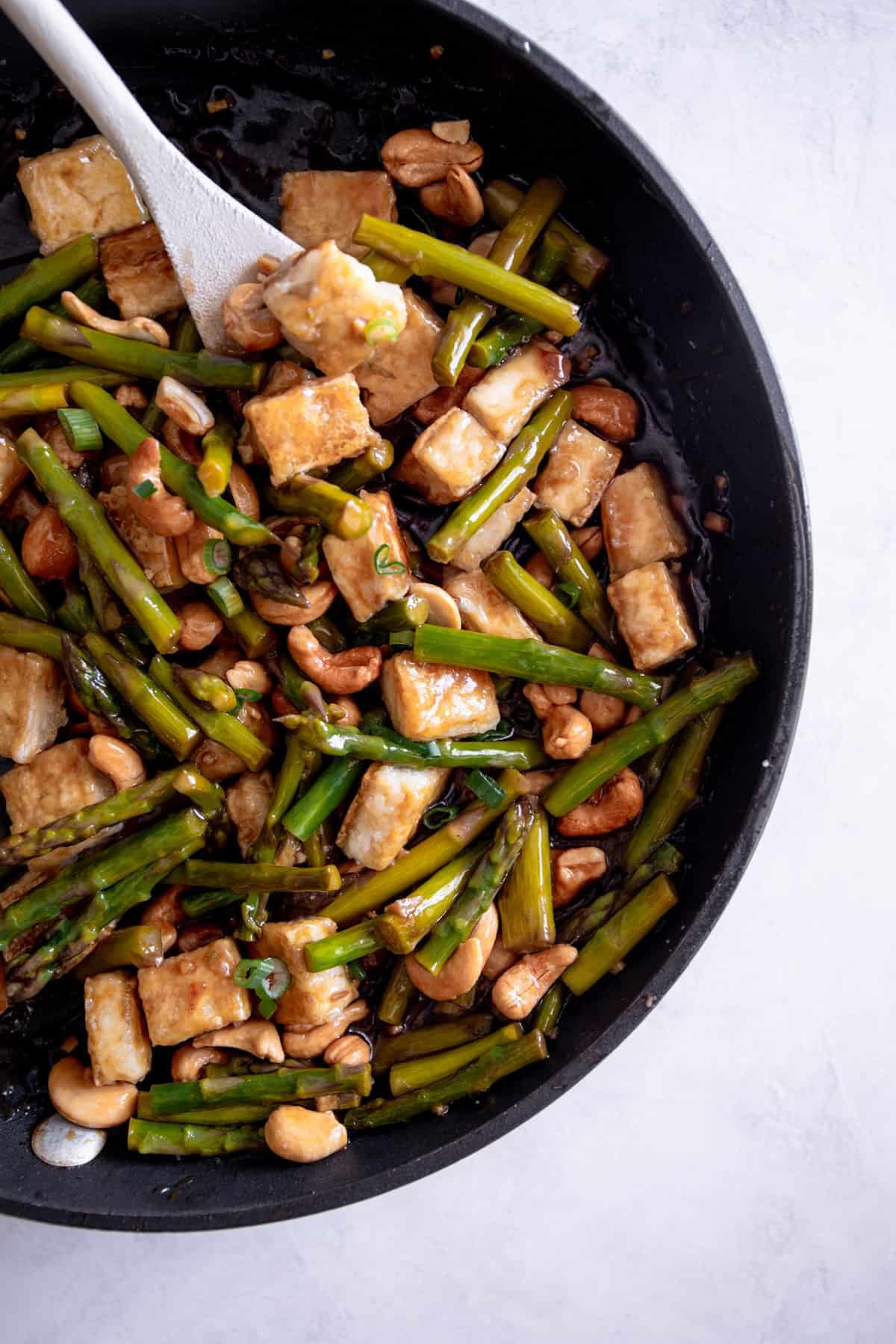
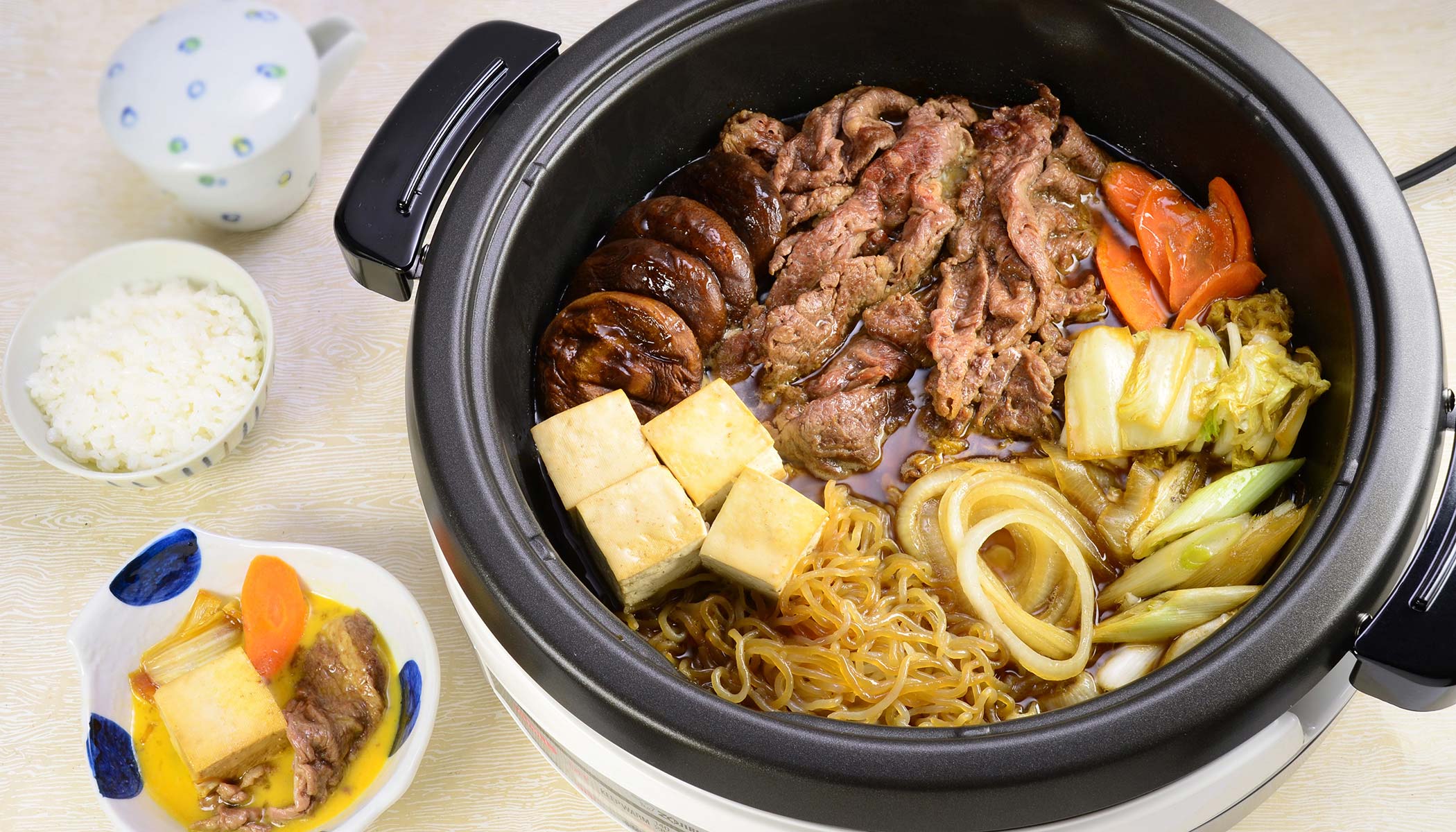
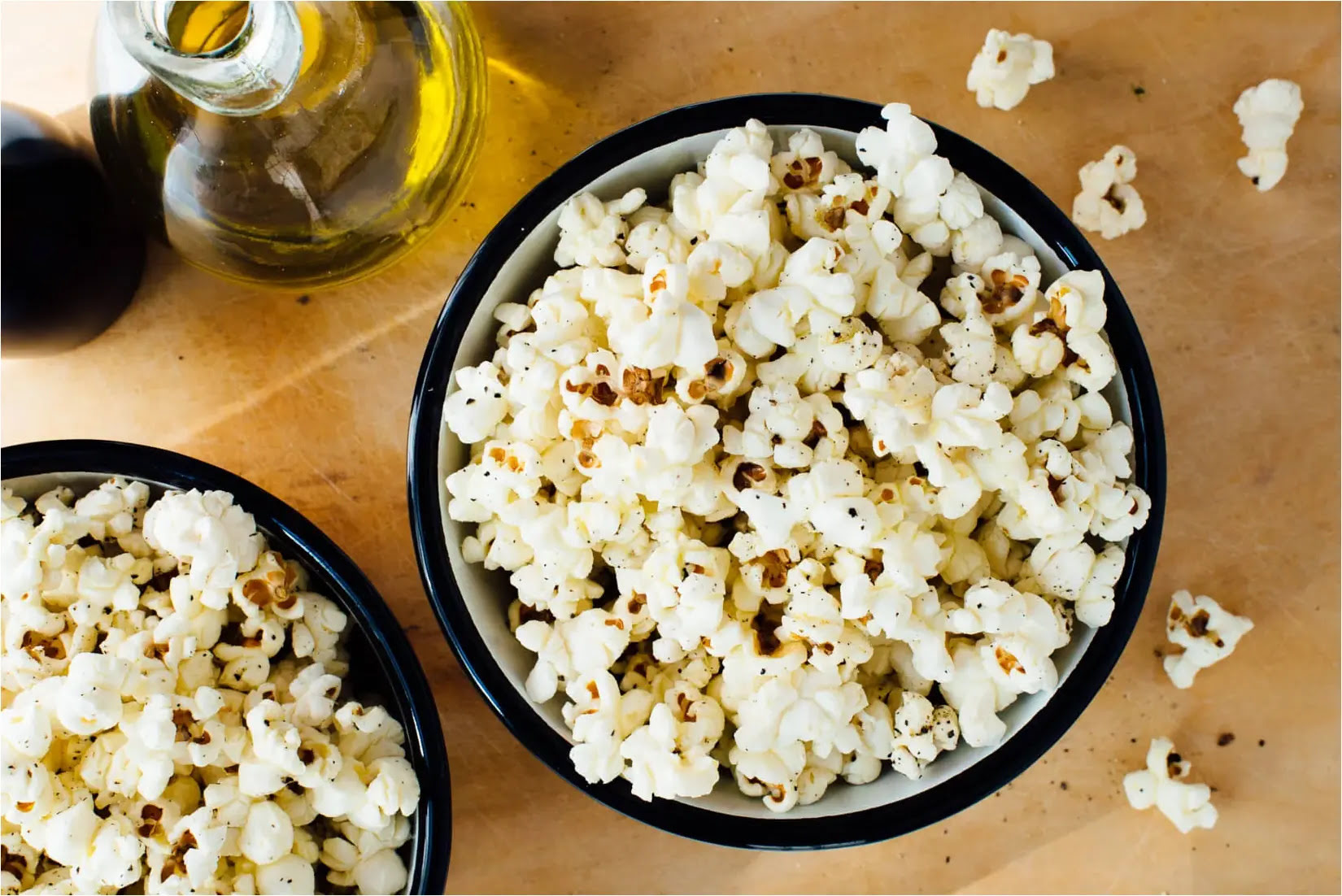
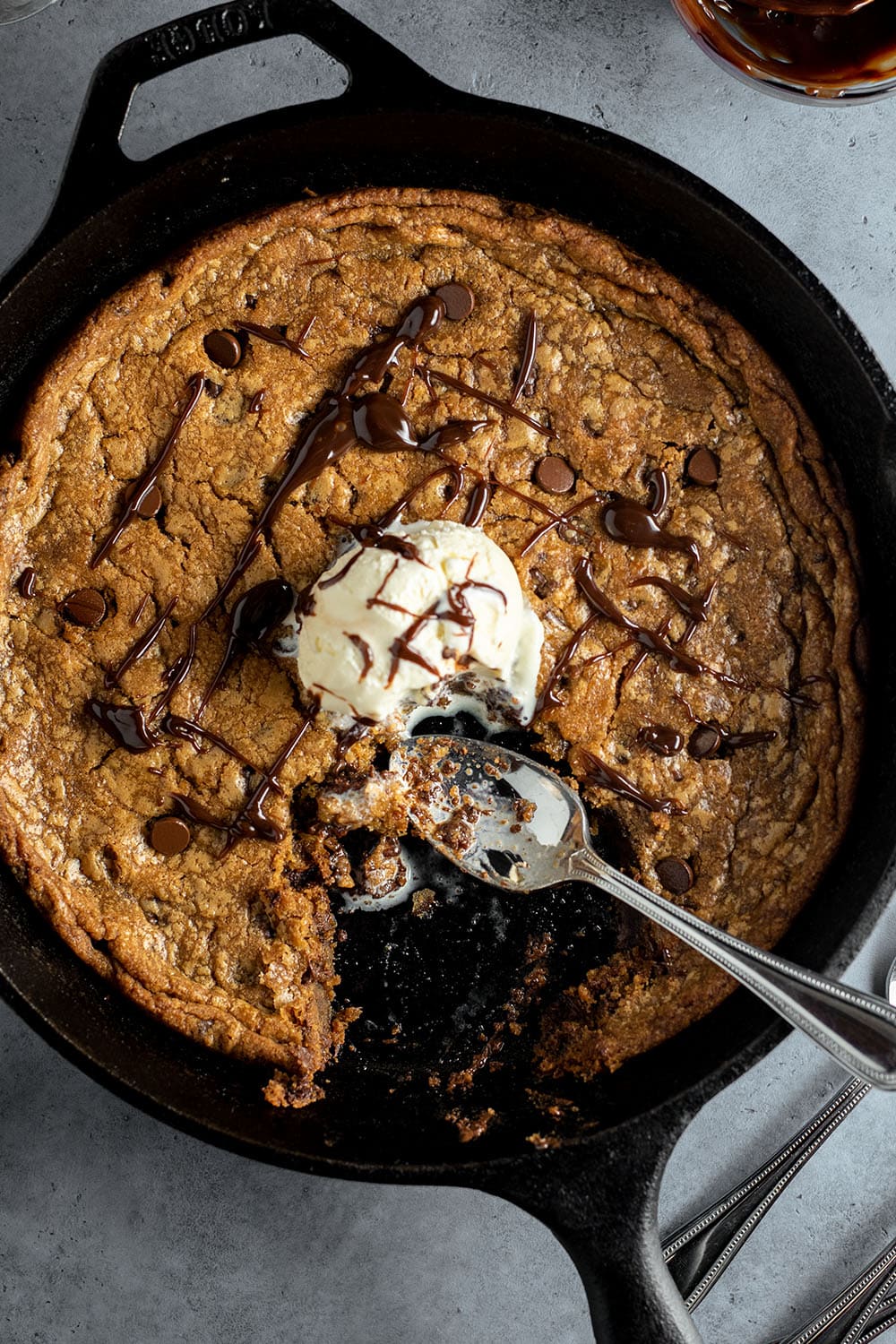
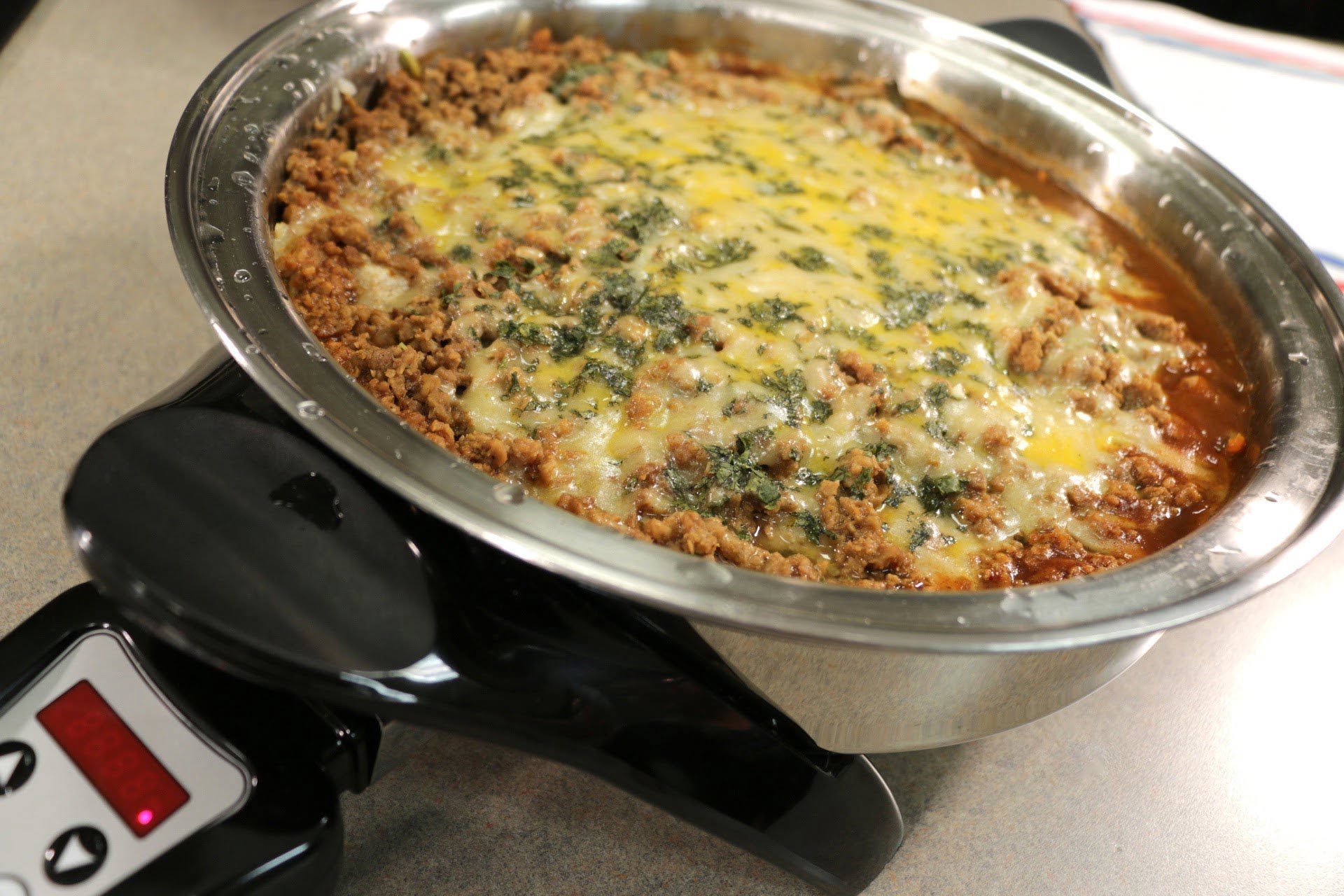

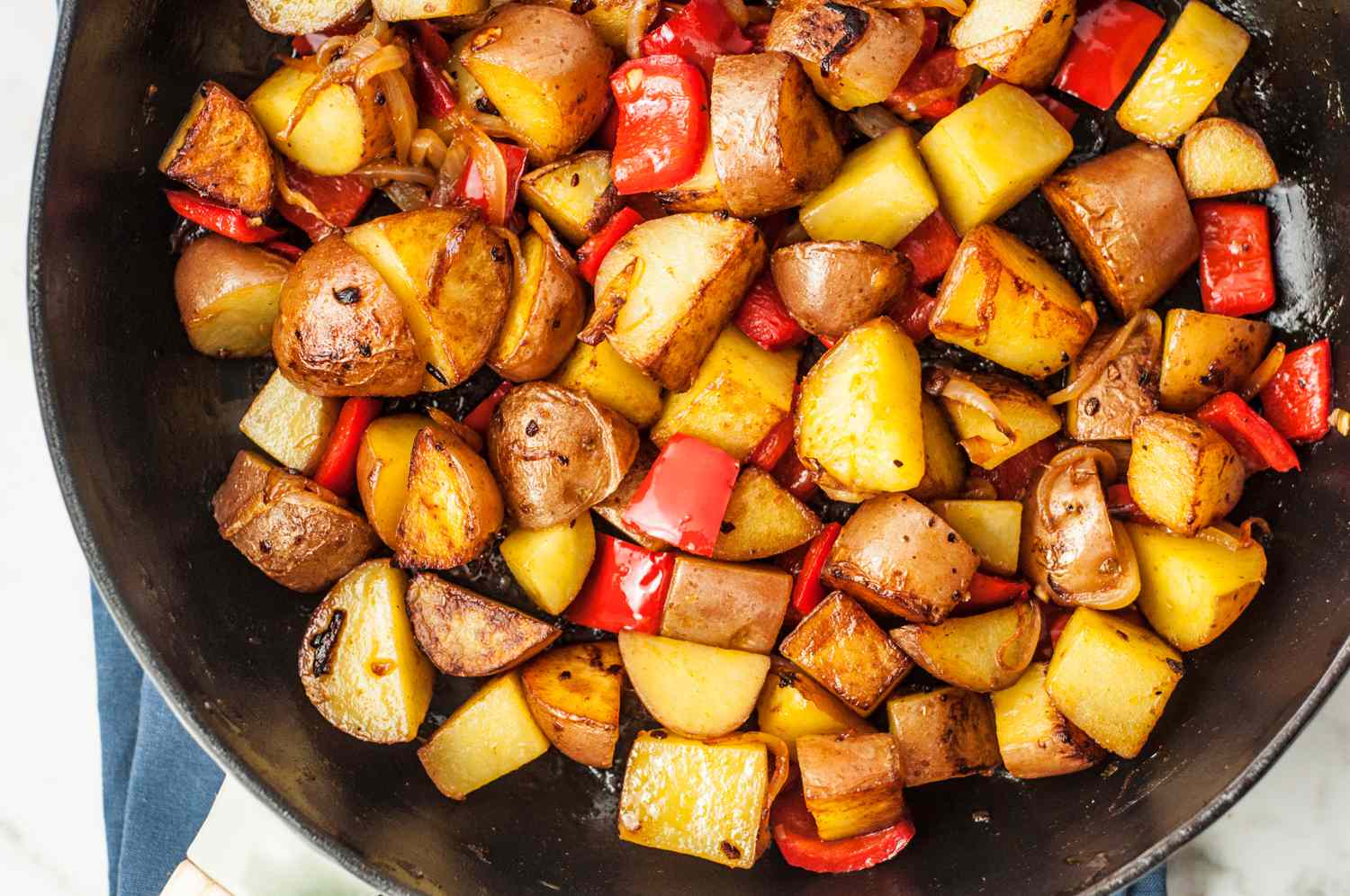
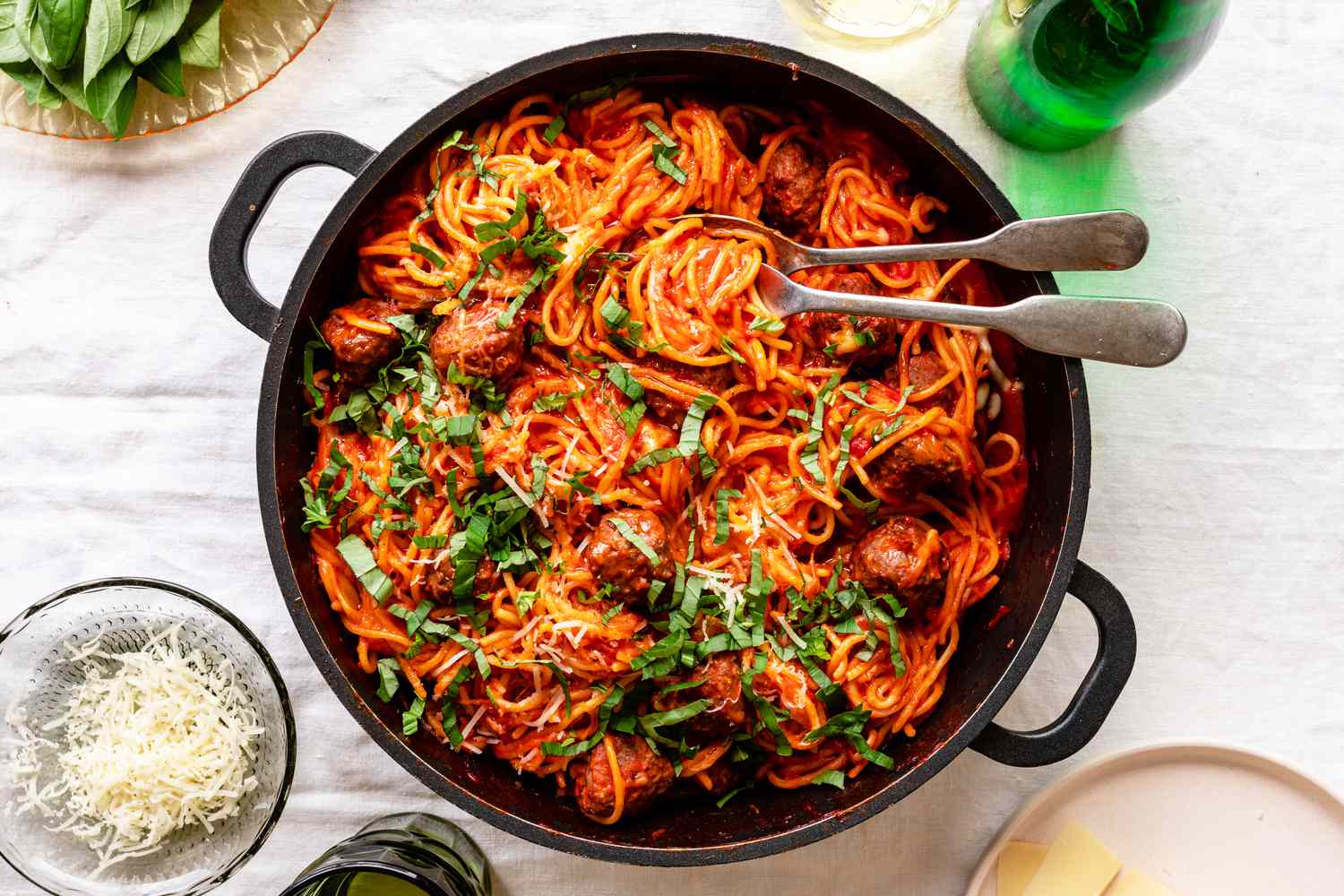
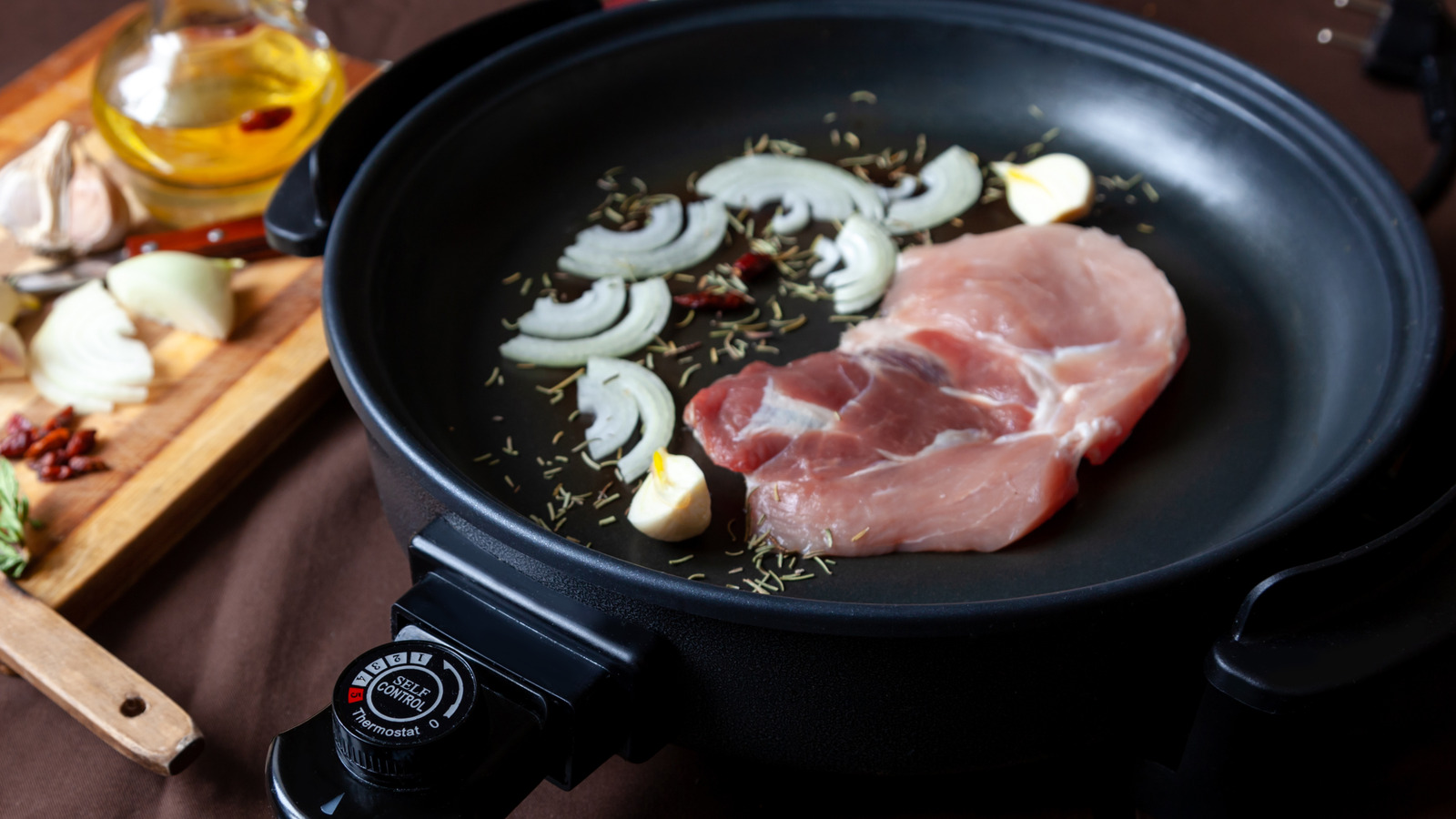
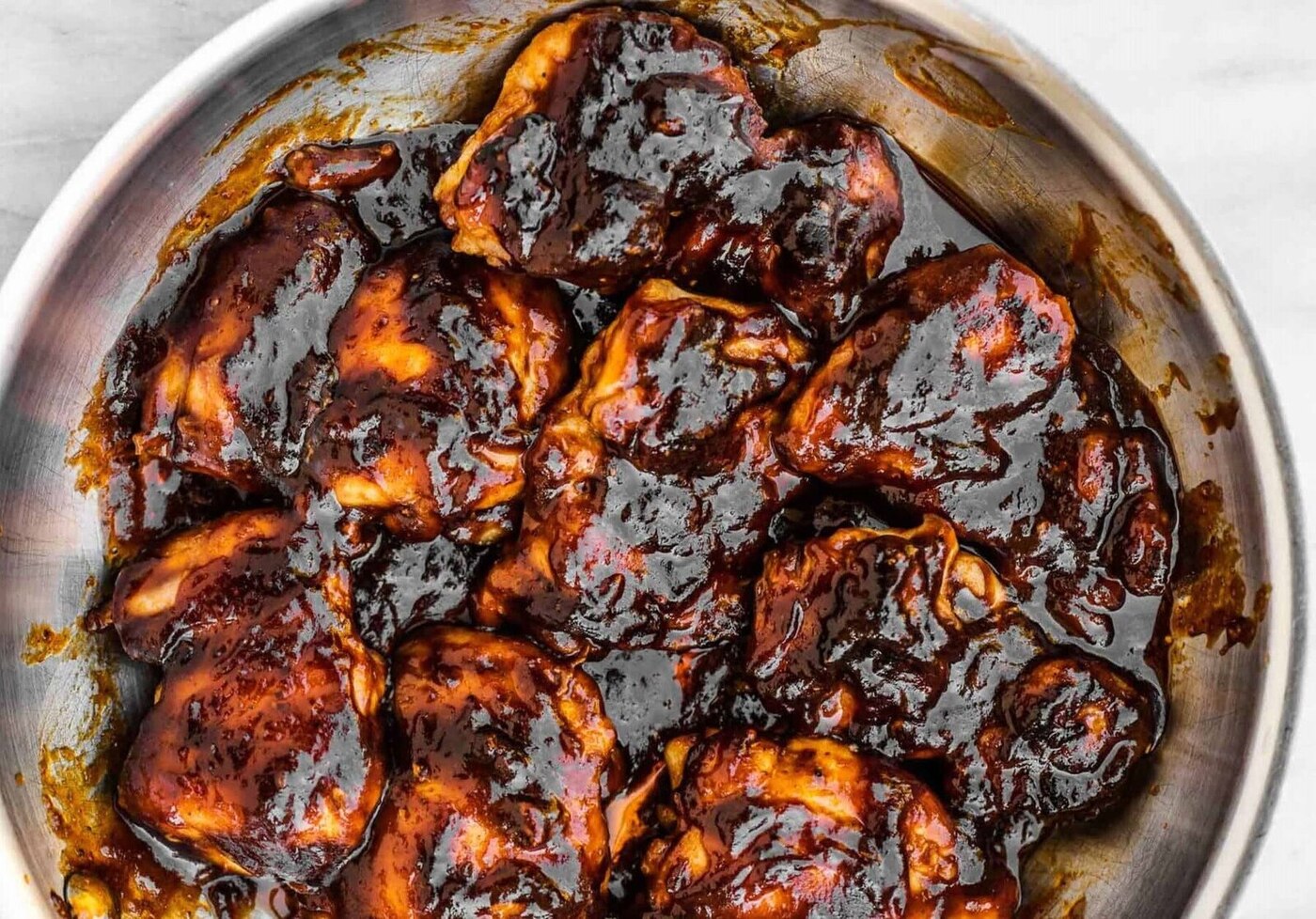
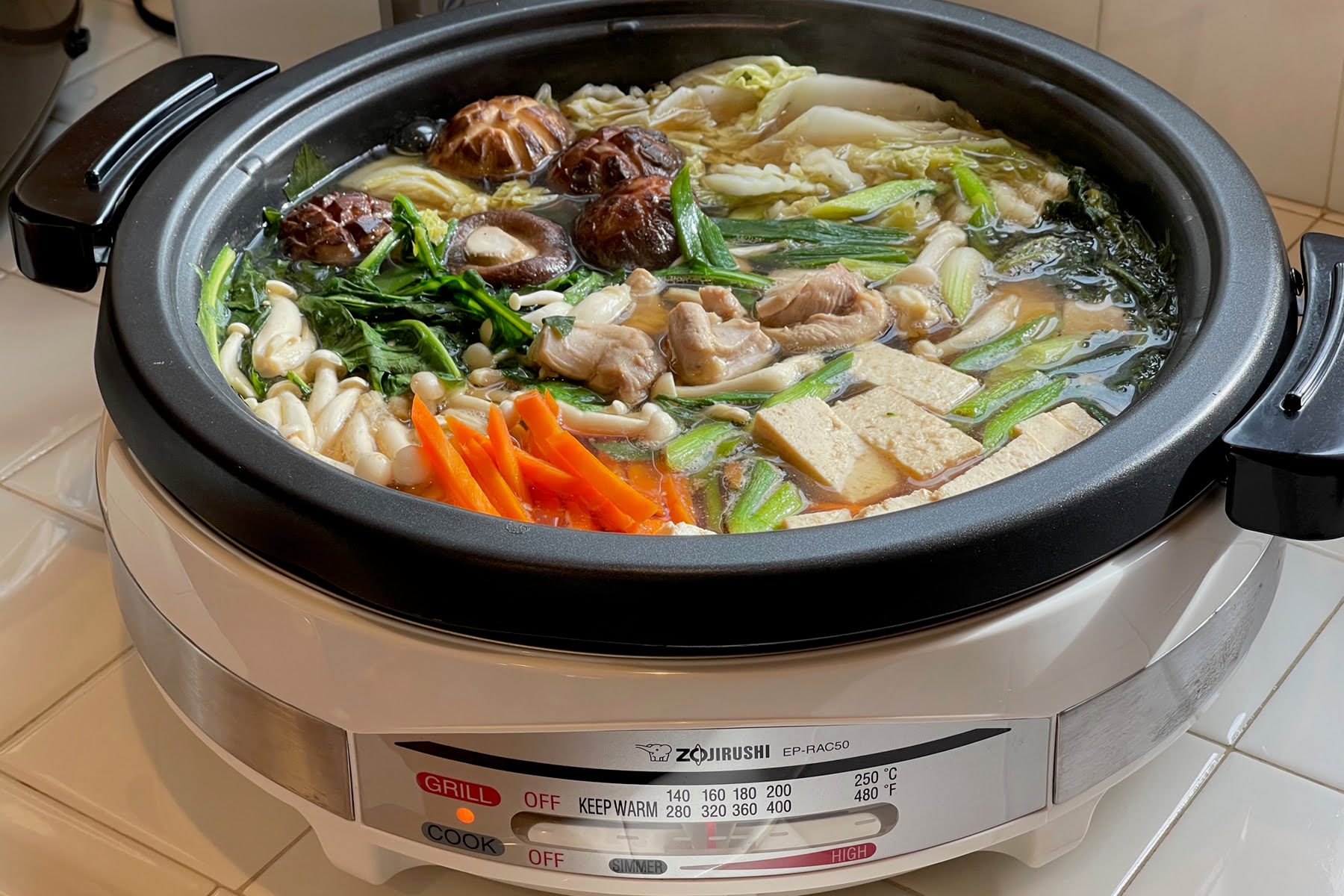
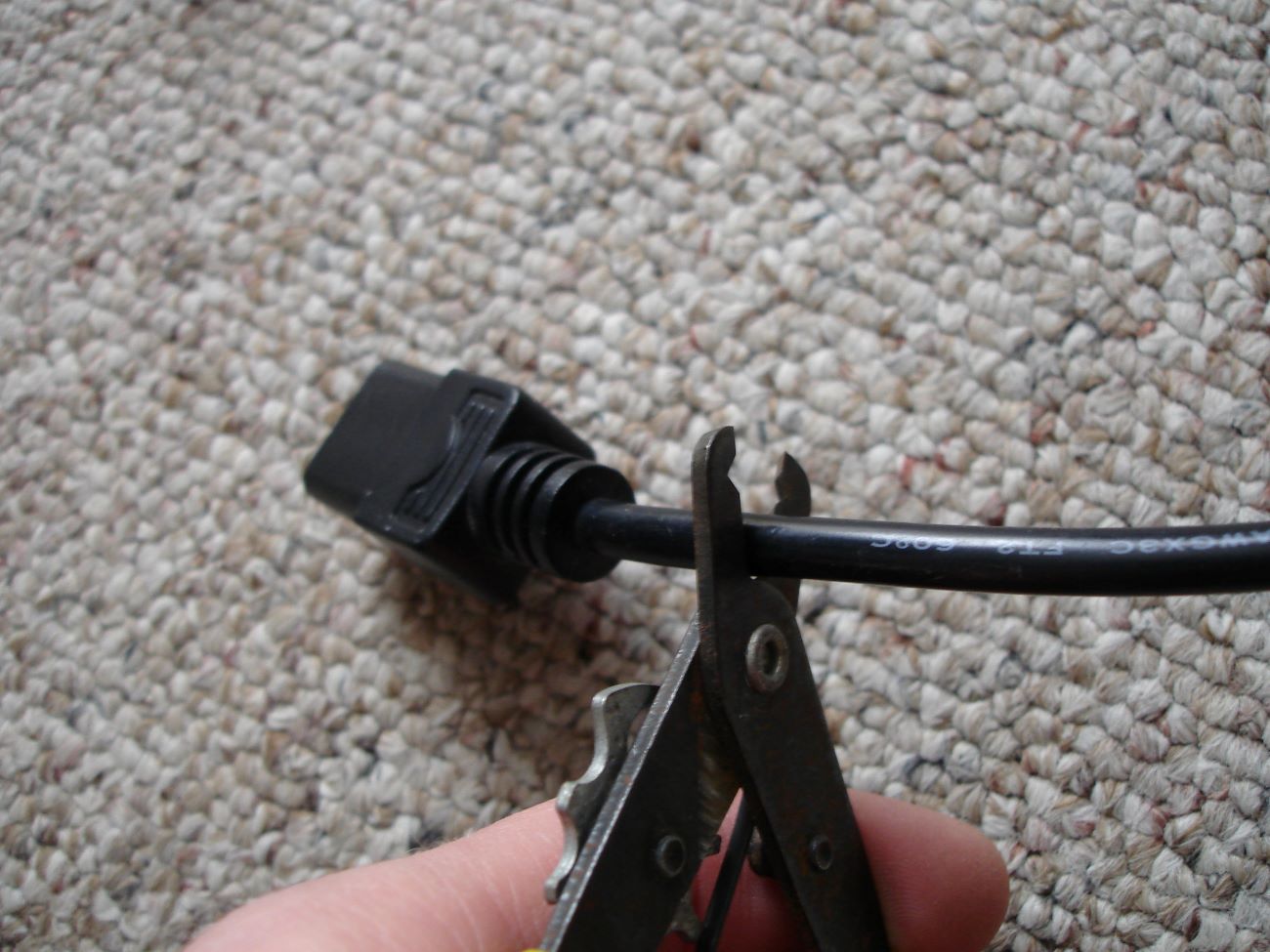
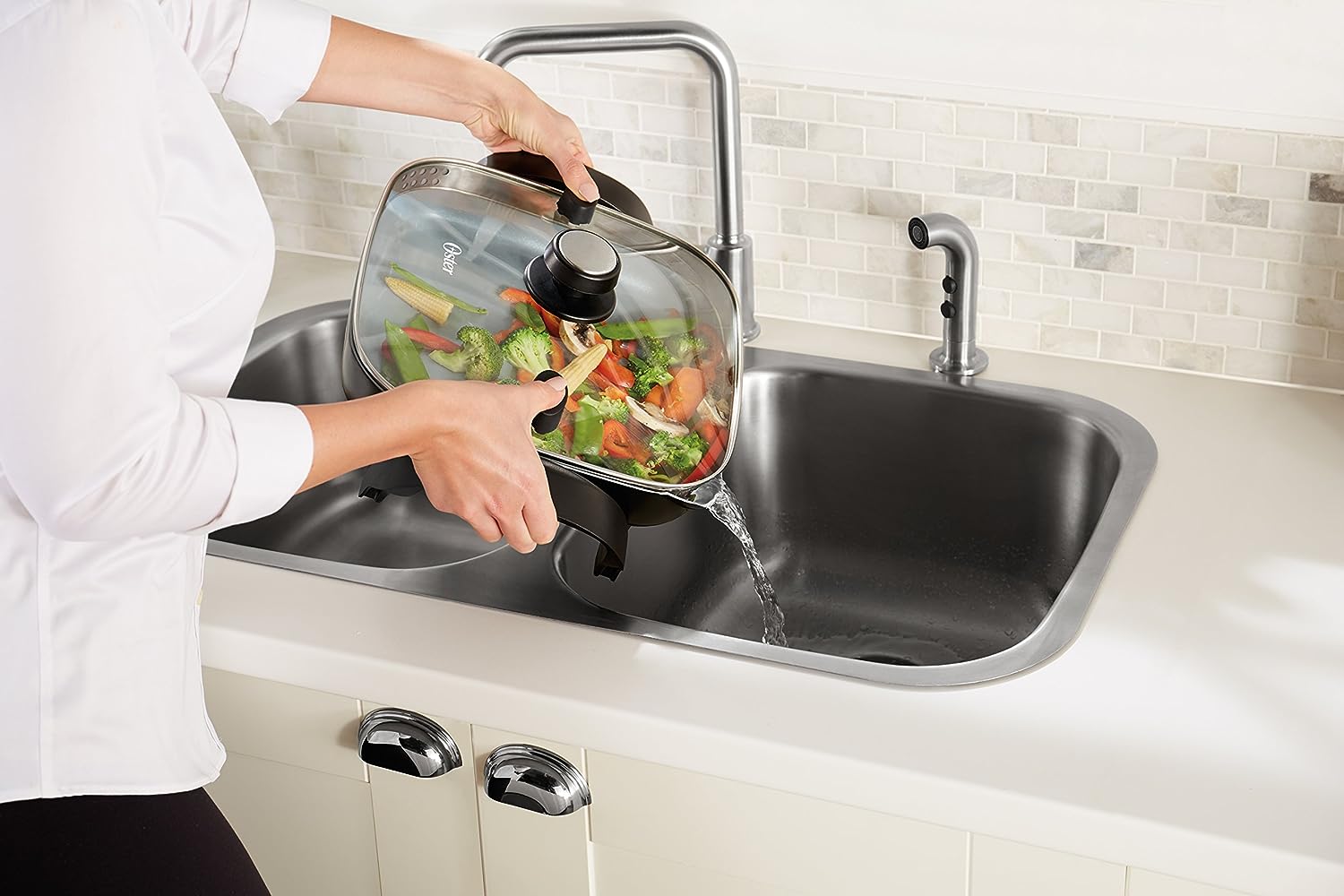
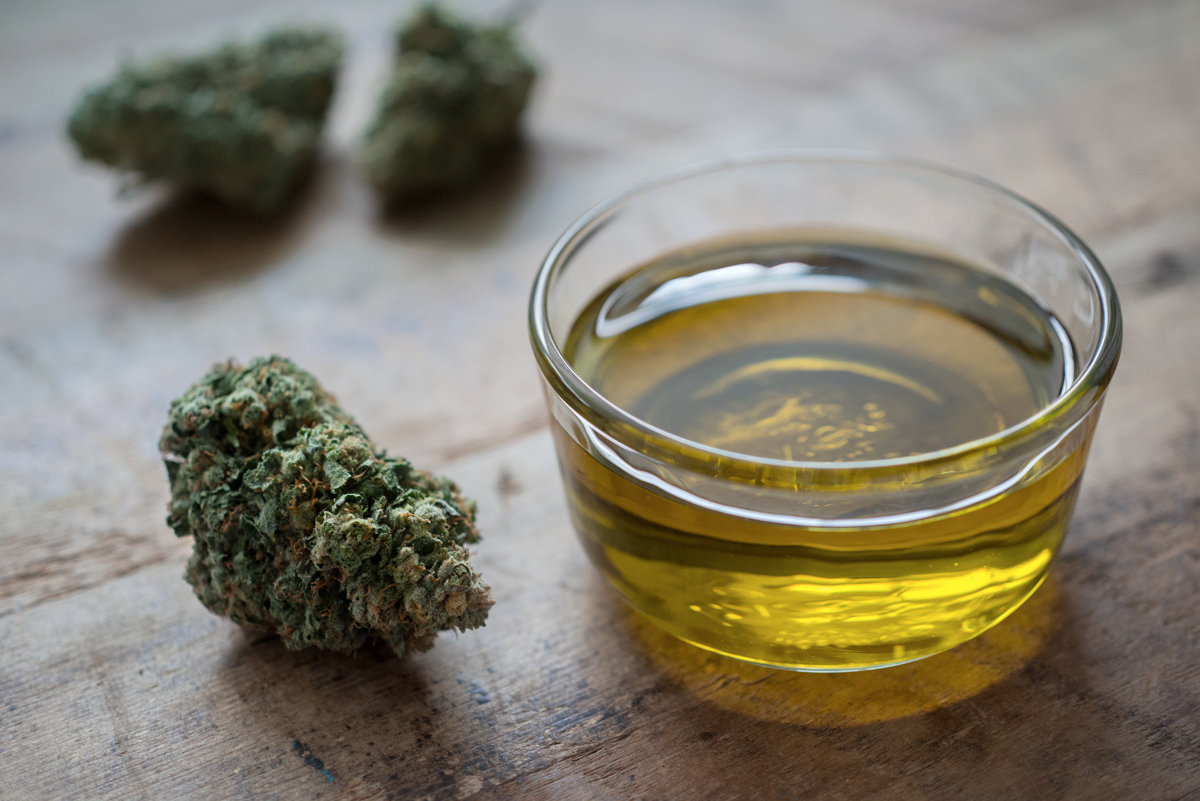

0 thoughts on “How Do I Make Salmon In An Electric Skillet”